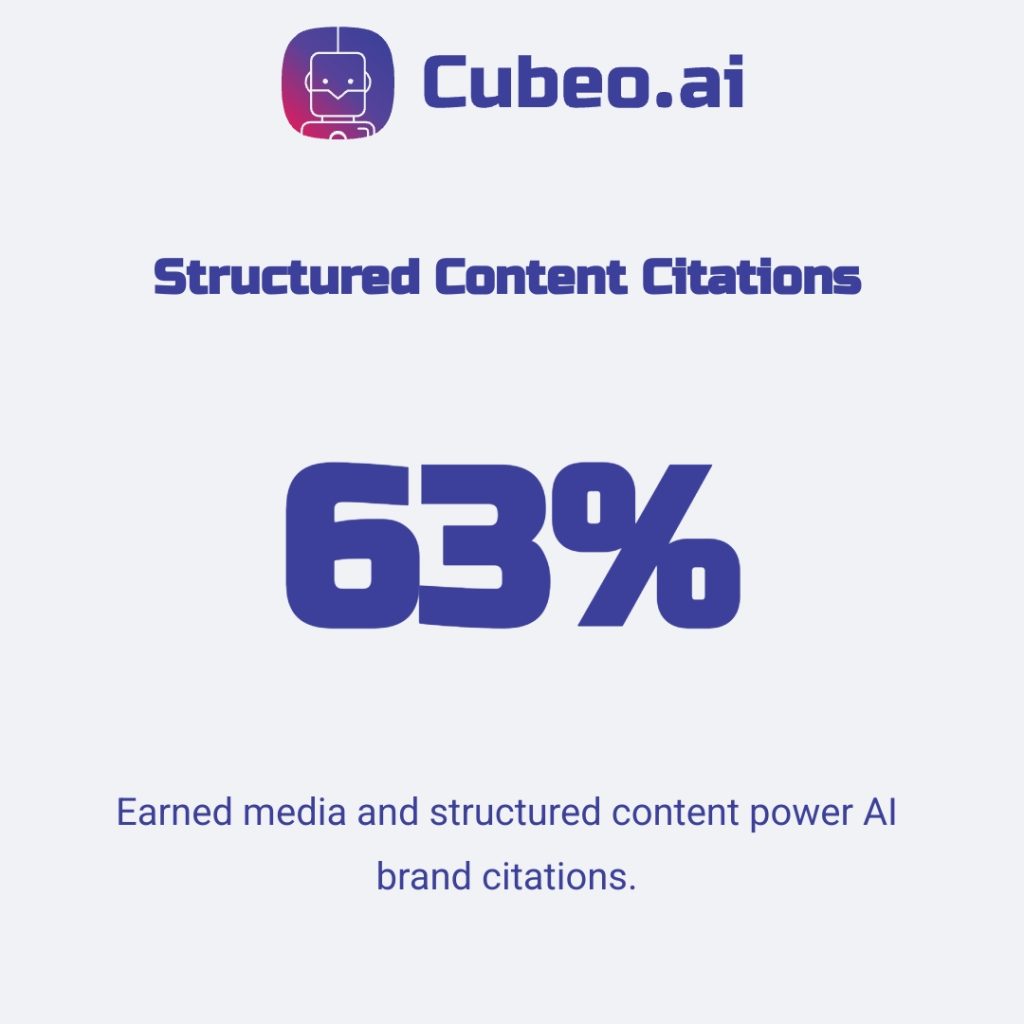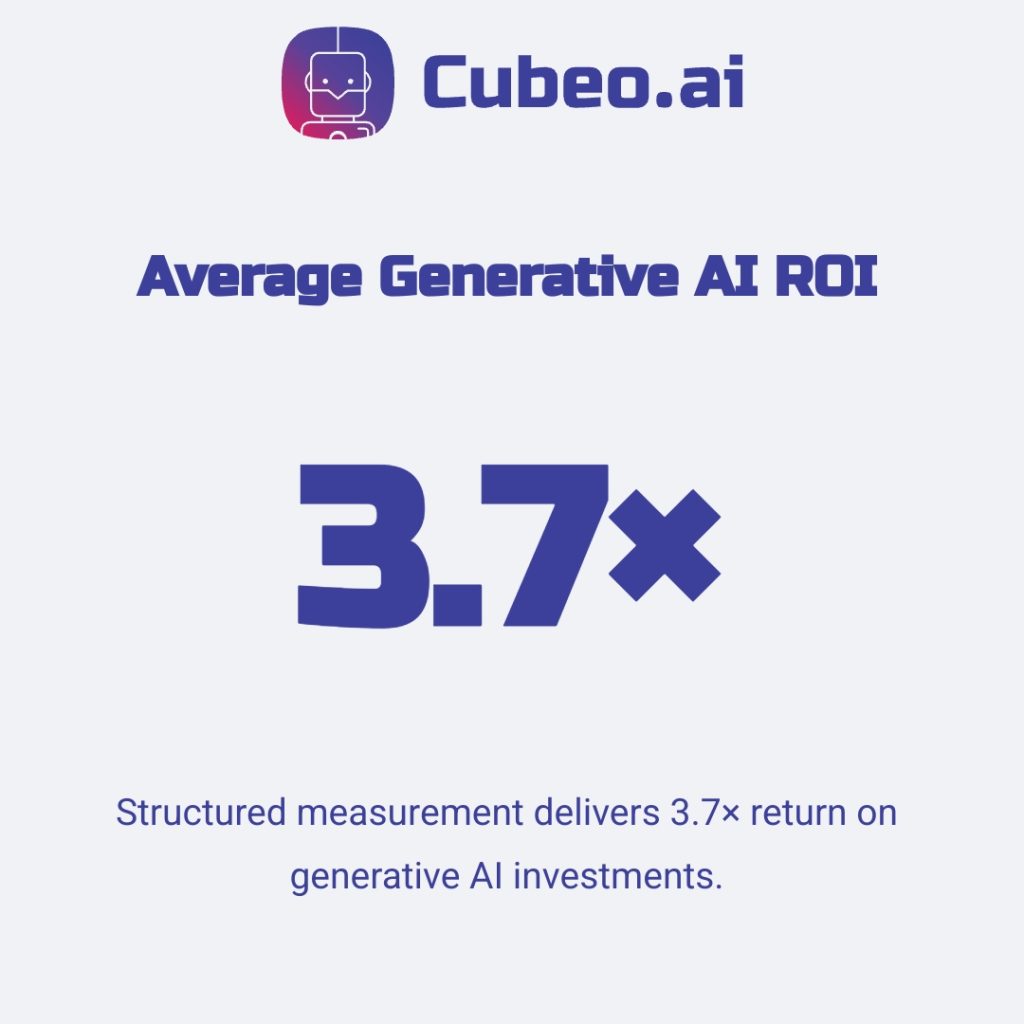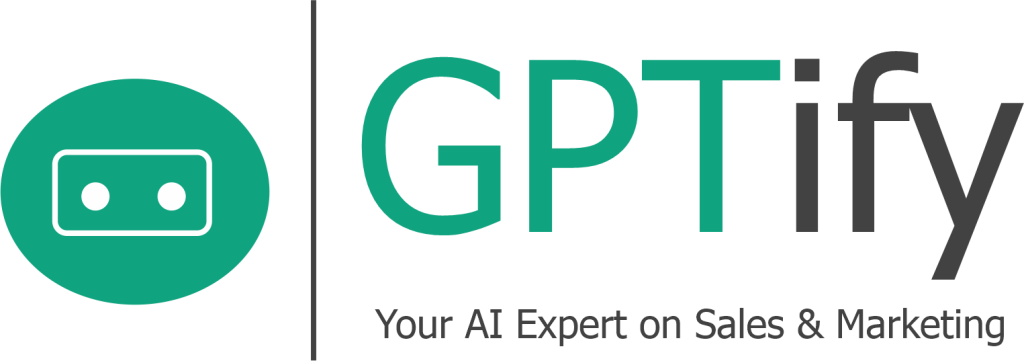Transform your content strategy in days, not months, with measurable results that prove ROI:
• Capture the 50% of your audience you’re missing — Content optimized only for Google misses readers who discover through ChatGPT, Claude, and Perplexity, costing you qualified leads and brand citations
• Cut content production time by 87% while improving performance — Teams report 4-hour blog posts reduced to 45 minutes, with 50% higher conversion rates and 120% organic traffic growth using structured AI workflows
• Achieve 3.7x ROI with proper measurement — Organizations tracking both hard metrics (revenue, time savings) and soft metrics (brand mentions, AI citations) see 22% higher returns on their content investments
• Prevent costly content risks before they damage your brand — Production safety protocols including source whitelisting, hallucination detection, and human-in-the-loop gates protect against compliance issues and credibility damage
Ready to implement a system that gets your content quoted by AI and found by search engines? The step-by-step playbook starts below.
AI Blog Writer in 2025: The Practitioner's LEO+SEO Playbook
If your blog can’t be quoted by ChatGPT and found on Google, it doesn’t exist to half your audience.
Readers discover content through dual-discovery (search engines + AI assistants). With conversational AI handling millions of queries daily, optimizing only for traditional search leaves massive gaps in your content’s reach.
Large Language Model Optimization (LEO) makes content quote-ready for AI tools by emphasizing clear structure, inline citations, and semantic clarity. Traditional SEO focuses on keywords and backlinks; LEO adds the structured formatting that lets ChatGPT, Claude, and Perplexity easily parse and reference your work.
This playbook delivers what content managers and marketing ops teams need: a measurable LEO checklist, proven use cases with KPIs, and a no-code agent pipeline you can pilot in days.
What Actually Works for AI Blog Writing
Most teams treat AI content like traditional SEO, leaving visibility gaps.
Quick reminder: LEO makes content quote-ready for AI (see intro). Here are five concrete steps that get you cited:
The 5-Point LEO Checklist:
• Clear semantic structure with H1, H2, H3 hierarchy — organize content so AI can follow your logic
• Inline citations with source links for every claim — add references that QA can verify
• Quote-ready paragraphs that stand alone — write extractable sentences at paragraph starts
• Schema markup (structured tags that tell machines what facts mean) for semantic content structure
• Source manifest (one-file list of references) — maintain all citations for quality checks
LEOPRD found 63% of AI brand citations come from earned media and structured content, not keyword density. Keyword stuffing fails because AI models prioritize semantic meaning over keyword frequency.
Google’s content guidance supports this shift toward structured, meaningful content that serves both search engines and LLMs.
LEO-optimized content is more likely to be quoted by ChatGPT and indexed by Perplexity.

8 High-Impact Use Cases That Deliver Results
Siege Media reports 36% conversion lifts on landing pages and 120% organic traffic growth within six months for teams using structured AI content workflows. Here are eight proven use cases with measurable ROI:
1. B2B SaaS Blog Production KPI: MQLs per post; baseline 2 → target 4 (+50% conversion lift). Time: 4h → 45m per post. Pilot: Day 1 build Research agent for pillar topic; Day 2 Drafting agent produces first draft; Day 3 QA & publish. Best for: small-mid teams (5-20 posts/mo).
2. E-commerce Product Descriptions KPI: conversion rate; baseline 1.8% → target 2.3% (25% improvement verified). Pilot: Generate descriptions for 50 SKUs, A/B test top 10 pages. Best for: mid large catalogs (50+ SKUs).
3. Lead Generation Content KPI: CTR; baseline 2.1% → target 2.9% (38% improvement). Pilot: Create 5 lead magnets using Research→Draft→QA pipeline. Best for: small teams (3-10 pieces/mo).
4. Technical Documentation KPI: drafting time; baseline 8h → target 3h (60% reduction). Pilot: Document one product feature end-to-end using structured templates. Best for: product teams (5-15 docs/mo).
5. Social Media Clusters KPI: engagement rate; baseline 3.2% → target 4.5%. Pilot: Batch-create 20 posts across platforms. Best for: all team sizes.
6. Email Newsletters KPI: open rate; baseline 18% → target 25%. Pilot: Personalize 3 newsletter editions. Best for: mid teams (weekly sends).
7. SEO Content Clusters KPI: organic traffic; baseline 1K → target 2.2K monthly visits. Pilot: Create 5-piece topic cluster. Best for: enterprise teams (30+ posts/mo).
8. Thought Leadership KPI: brand mentions; baseline 2 → target 5 monthly citations. Pilot: Transform one expert interview into quotable content. Best for: all sizes.

Production Safety and Quality Control for AI Content
Production AI content carries real business risk. One hallucinated statistic or off-brand message can damage credibility and trigger compliance issues.
Retrieval-Augmented Generation (RAG) for Factual Accuracy: Require the model to fetch and cite verified sources before it writes. Practical step: connect your retriever to a domain whitelist and require a sources.json with at least three approved references before a draft can proceed to the Drafting Agent.
Content Whitelisting Protocols: Store a source manifest (CSV/JSON) with columns: domain, reason, last_reviewed, min_authority_score. Automate retriever to only use domains in the manifest; update monthly via content ops ticket.
Human-in-the-Loop Gates: Route sensitive content through manual review queues. High-stakes pieces (legal claims, financial data, medical information) require human sign-off before publication.
Audit Logs and Version Control: Track every AI decision with timestamps, source citations, and approval chains. Real-world case studies (Nestlé, Walmart) show AI can automate checks and create traceable audit trails.
Hallucination Prevention Workflows: Set concrete thresholds tied to measurable signals. Send to human review when: (A) fewer than 3 verified sources present; (B) citation-match rate <85%; or (C) model confidence score <0.85.
Measuring ROI and Tracking Content Performance
Without measurement, AI content investment becomes expensive guesswork. SequencR reports an average 3.7x ROI for generative AI and productivity gains of 15-30%, but realizing that return requires structured measurement.
Attribution Models for Content Performance: Connect content pieces to business outcomes through UTM tracking (campaign tracking tags), lead source attribution, and conversion path analysis. Track both direct conversions and assisted conversions (multi-touch interactions) across the customer journey using content attribution models.
Measurement Frameworks and Analytics Dashboards: IBM research shows organizations with holistic AI measurement report 22% higher ROI for content initiatives. Build ROI measurement frameworks tracking hard ROI (revenue, cost savings) and soft ROI (brand awareness, customer satisfaction).
A/B Testing Protocols: Compare AI-generated content against human-written baselines. Test headlines, email subject lines, and product descriptions with 50/50 traffic splits. Run tests for 2-4 weeks or until collecting minimum 100 conversions for significance.
Cost Calculations Including Hidden Expenses: Factor in subscription costs, training time, review overhead, and tool integration expenses. Example: 4.0h → 0.75h drafting improvement saves 3.25 hours × $60/hr = $195 saved per post. Use AI cost calculations for comprehensive tracking.




